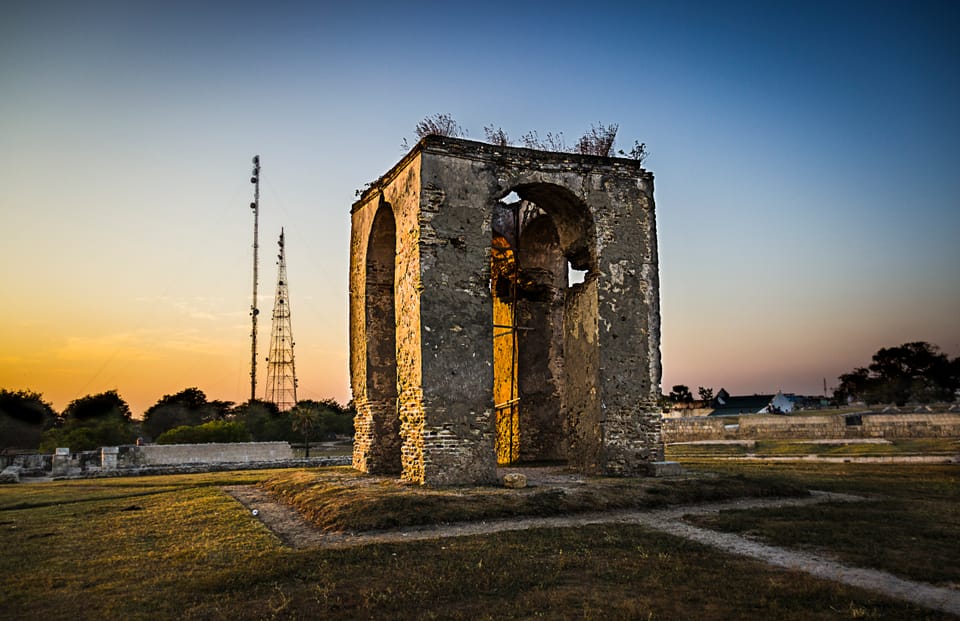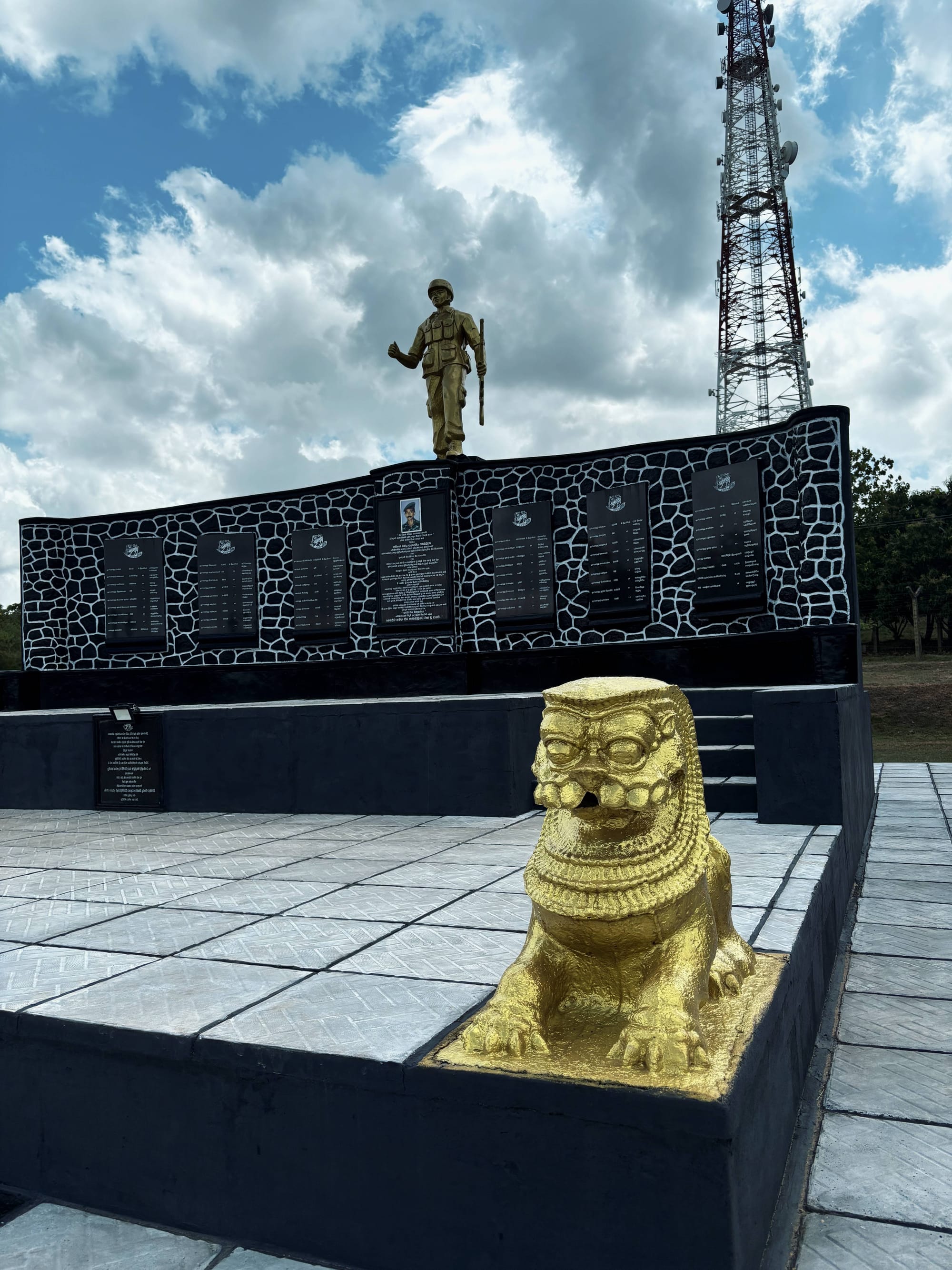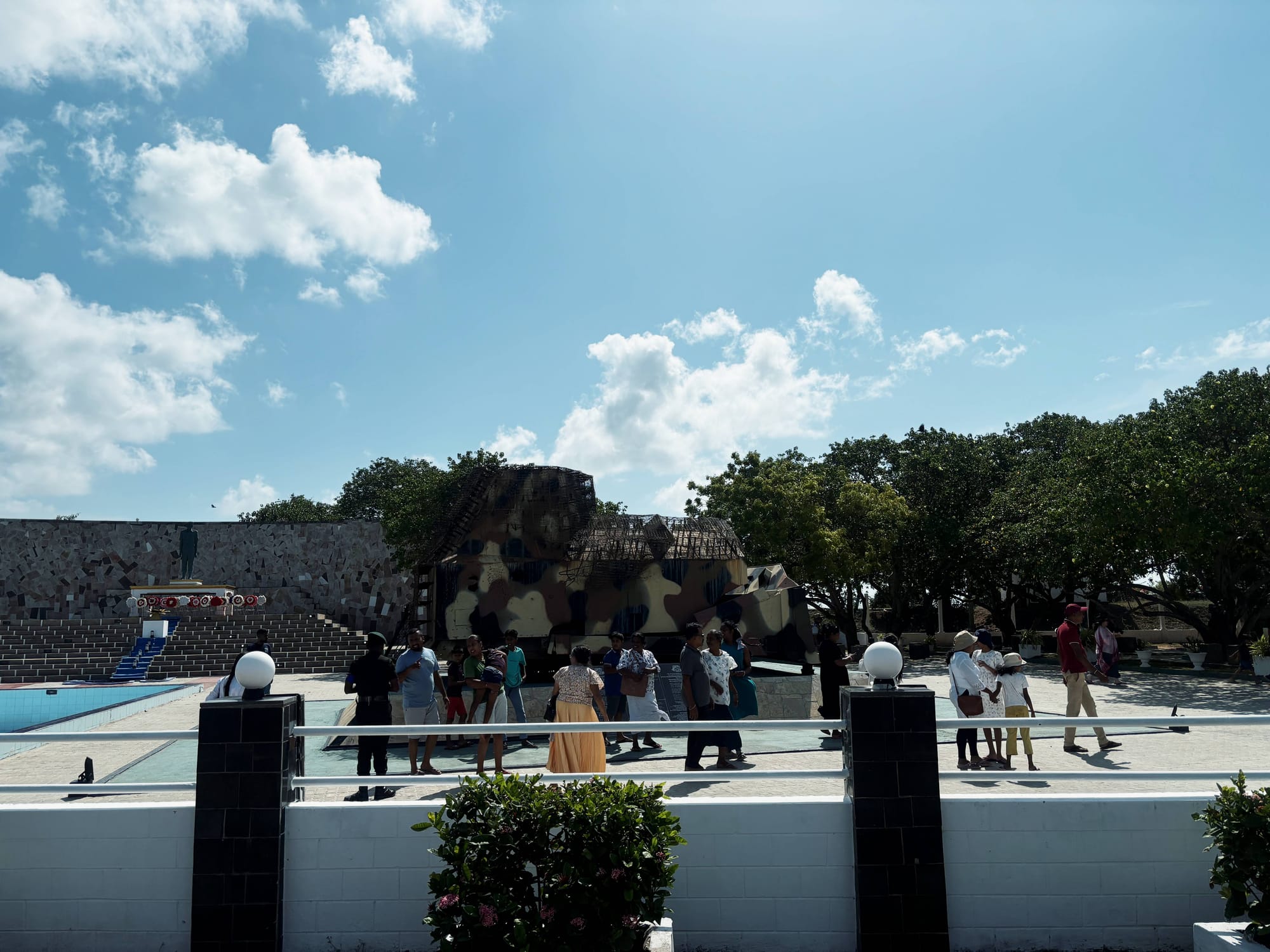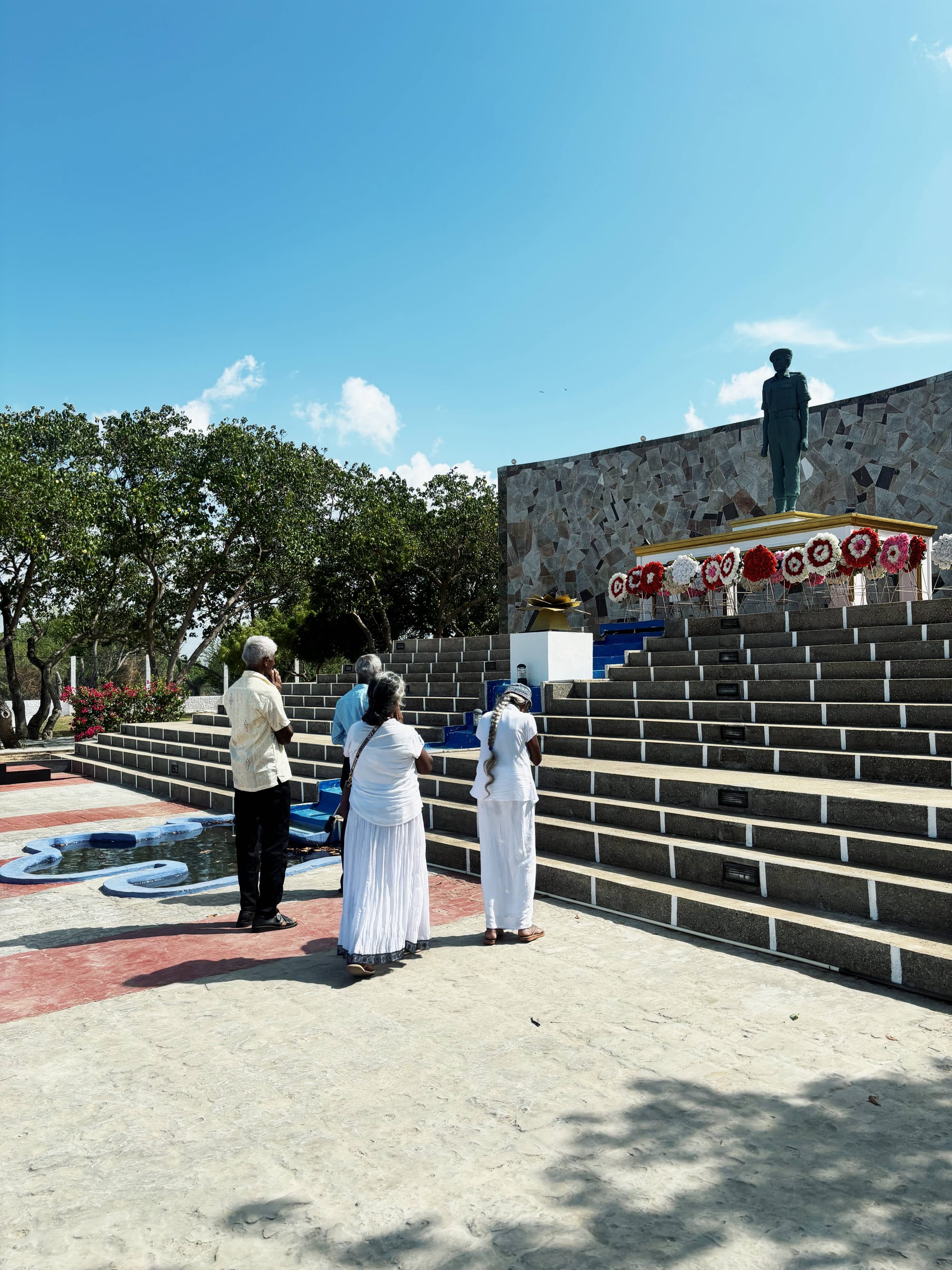
The Examiner has more opinions than it has staff. We maintain unanimity in our facts, not the inferences we draw from them. This examination is no exception.
At the Jaffna Fort, Ravi (name changed) recounts the history of the Jaffna Kingdom. The last King of Jaffna, Cankili II, is remembered in the shadow of the walls erected by his enemy, the Portuguese.
“Does Cankili mean ‘Sinhala King’?” questions a visitor who’s part of a tour group I’m traveling with, from the south.
Others chime in, ignoring Ravi — a guide attached to the Central Cultural Fund — to narrate their own version of Jaffna history. As they discuss the possibility of northern kingdoms, a heated conversation arises. “These must have been the kings brought from South India by the suddhas,” an ex-Army Captain says. He was serving in the Jaffna peninsula when the military recaptured Jaffna from the LTTE in 1995.
“Our Sri Lankans don’t know their real history,” he complains after confidently claiming that Hindu kovils were constructed around the island only after Sinhalese kings married South Indian princesses. “They couldn’t find wives from the correct caste on the island,” he says.
When the nearly three decade war came to an end in 2009, tourists from the south flocked to the north. In the immediate aftermath, war tourism became popular among Sinhalese tourists curious about the ‘enemy’ stronghold.
Tours from the south no longer cover the same sights they did a decade ago. Landmarks like LTTE leader Velupillai Prabhakaran’s infamous bunker home and the 22 foot deep swimming pool, where Sea Tigers are said to have trained, are no more.
Instead, advertisements promise to see the “Tamil culture – full of love – which was shrouded in darkness.” Fifteen tourists in total, mostly older couples touring Jaffna for the first time. During our three days in Jaffna, we stay at Dambakolapatuna Rest, operated by the Navy’s Buddhist association. On the A9, we eat at Army-run cafes.
In a later interview with The Examiner, Ravi, the Jaffna fort guide, explains that tickets to enter the fort are a sore spot for Tamil visitors. They question why they have to pay to see their “own heritage.” Visitors from the Tamil diaspora who don’t carry Sri Lankan identity cards have to pay the foreign price for a ticket.
In a twist of irony, a Sinhalese soldier — part of another tour group — is also arguing with the Tamil ticket sellers at the entrance to the Jaffna Fort. “We saved this from Prabhakaran,” he shouts, in an attempt to enter without payment.
A war for memory
For the Sinhalese visitors, a tour of Jaffna is part conquest, part pilgrimage.
On the A9, nature sits unassumingly in the background. Gentle greens, soft breezes, and warm sunlight generously make room for life. Lagoon water flows quietly to the edges of the road, scattering white sand with artistic flair.
Yet, war memorials erected by the state are the main attraction for the tourists. On the way to Jaffna, they first stop at the Kokavil Army Memorial, then the Kilinochchi War Memorial, and finally the Hasalaka Gamini War Memorial.




Tourists stop to pay respects at the many memorials dedicated to the army. Photos: The Examiner
Corporal Gamini Kularatne is akin to a folk hero in the south of Sri Lanka. His actions earned him the title ‘Hasalaka Hero’ – a nod to his farming village in the Kandy District.
At the entrance, a soldier notes down details about where visitors are from, and how many are in a group. A crowd gathers in front of the LTTE tank that Kularatne detonated to save the Elephant Pass Army camp from the rebels. To the right, the Army shows a video describing Kularatne’s sacrifice. A father beckons his young child away from the tank: “Come let’s go see the videos of the shootings.”
On the left, Kularatne’s statue stands. Dying at the age of 25, he has retained his almost childlike features in eternal rest — a harsh reminder of the youth lost to the war. An old man removes his cap as he walks towards the statue with his companions. They bow their heads in prayer to Kularatne.

Past these three memorials lies the Jaffna town. In an interview with The Examiner, one visitor says “the old fear” returned when she entered Jaffna. “Things have changed now, now we can’t even tell if there was a war in Jaffna, but my mind still got scared.”
She adds that she followed the war closely, through TV and novels like that of Kamal Gunaratne’s — a major general who took part in the final battle at Nandikadal.
Once in Jaffna, the group first visits Buddhist places of worship. The General Denzil Kobbekaduwa Memorial at Kayts, past the Jaffna town, is usually the last stop on the peninsula.
At the Kobbekaduwa Memorial, soldier H.M.W.K. Herath says that visitors from the south have increased over the last few years.
“More people come now. Nagadeepa has become a third pilgrimage spot after Anuradhapura and Polonnaruwa. So it’s easy to come here [Kobbekaduwa Memorial] after worshipping at Nagadeepa. We are usually full on weekends.”
Everyone on the tour has a relationship to the military: one lady grieves for her friend who died with Kobbekaduwa, while another recounts a book she kept as a girl, with cutouts of soldiers.
“The Army was my entire heart back then,” she says. At the Kokavil memorial, she’s reluctant to turn her back to the soldier’s statue, out of respect for him.
But, Tamil memorialisation is heavily surveilled and occasionally criminalised by the state and military. For instance, one monument remembering Tamils killed in 2009 is found inside the Jaffna University. But it’s a contested site, having been demolished in 2021.
Forced to speak with a forked tongue
Conversations about the civil war are frequent on the ride from Colombo, and in the three days we spend in Jaffna.
The ex-army captain reminisces about his days in the peninsula. Calling the 2004 peace process “Ranil’s betrayal”, he describes how the army handed back land to civilians as part of the peace agreement.
